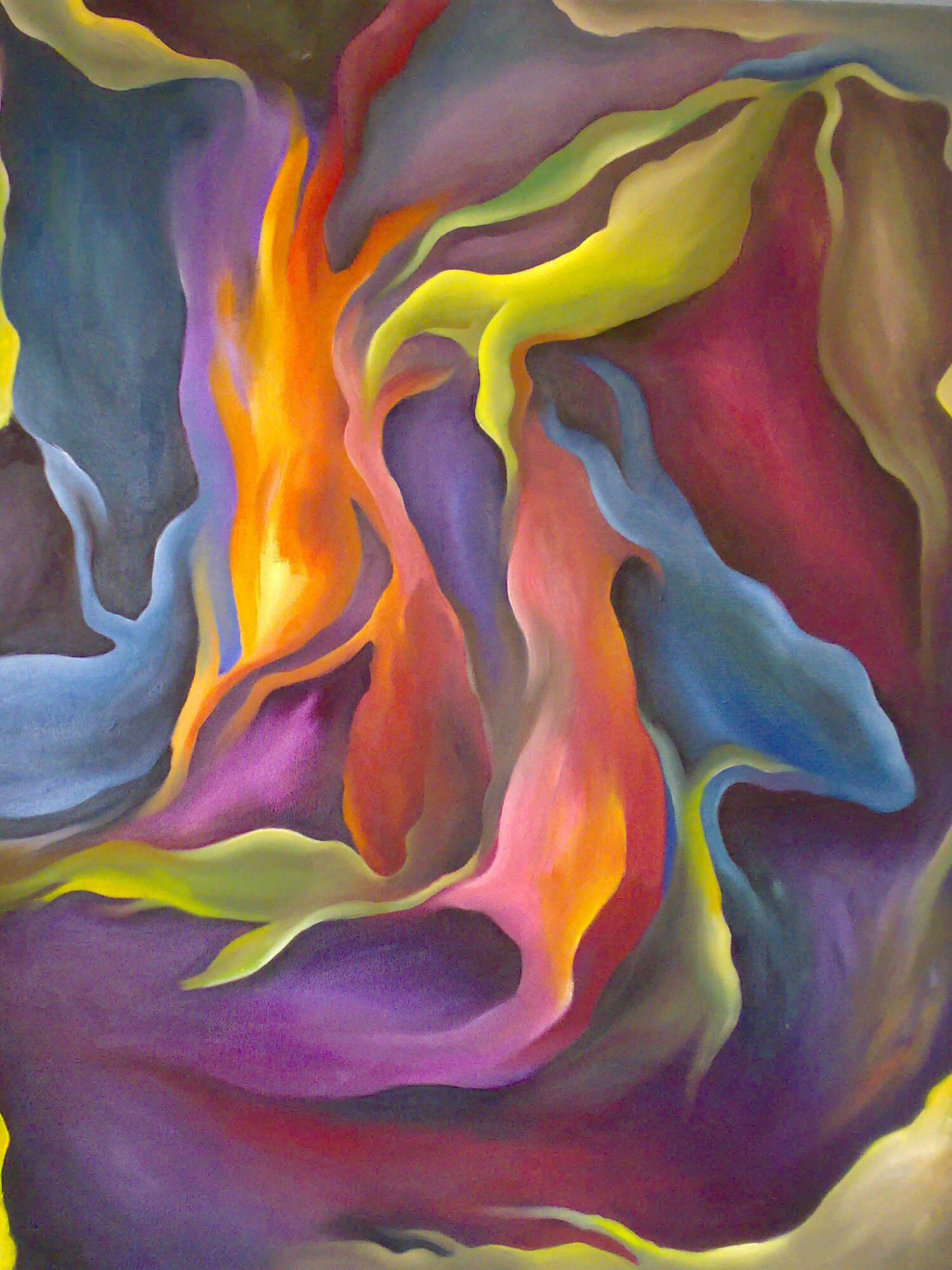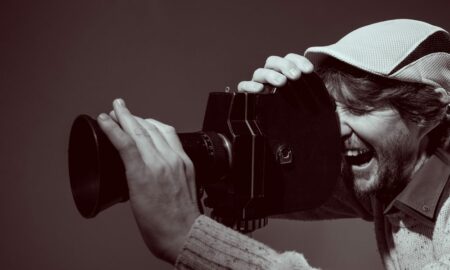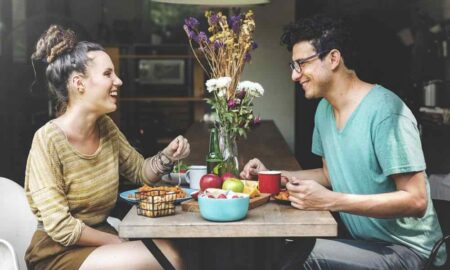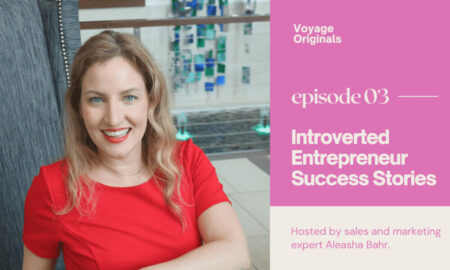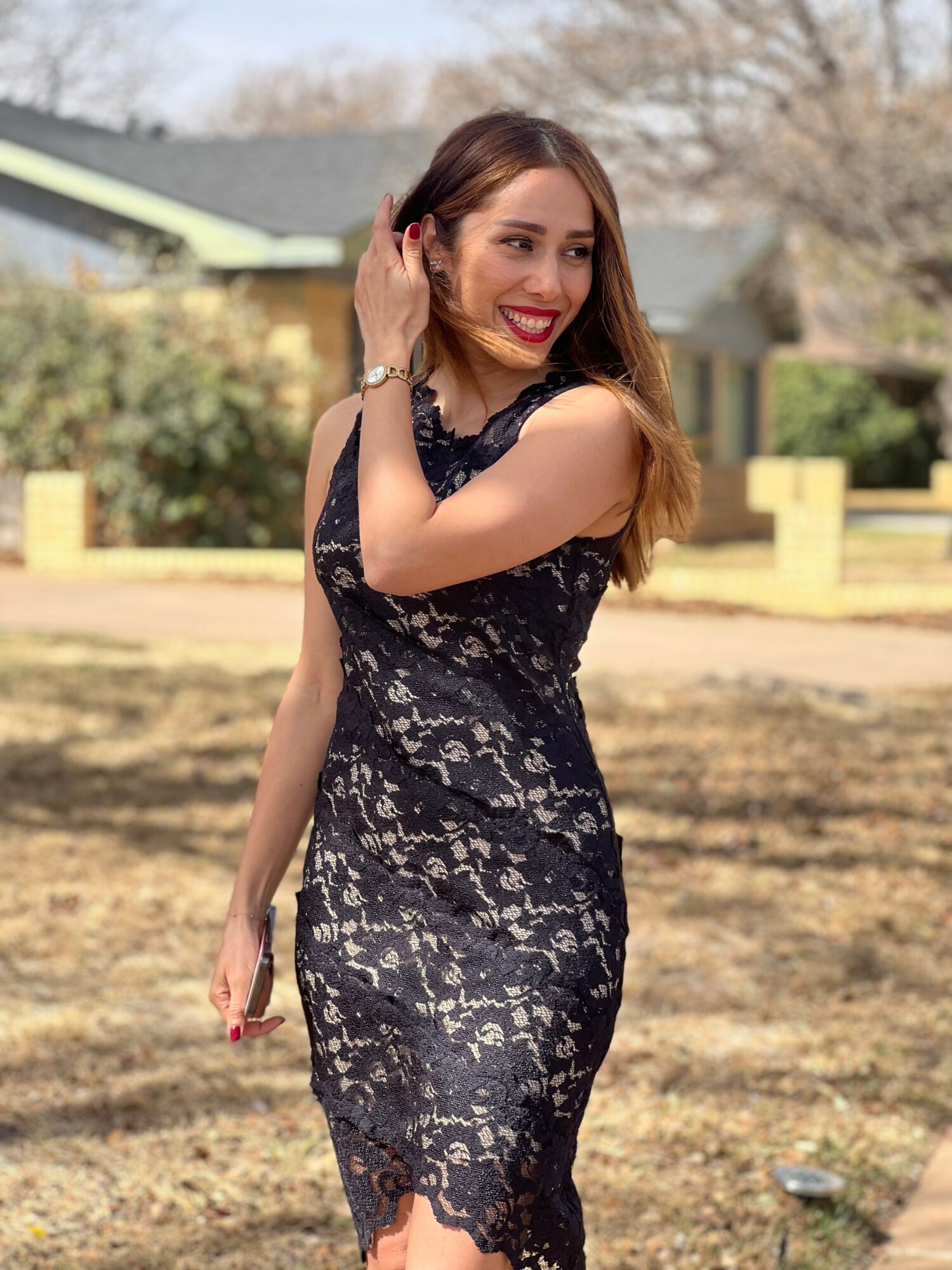

Today we’d like to introduce you to Pardis Bakhtiari.
Hi Pardis, please kick things off for us with an introduction to yourself and your story.
I’m a visual artist, educator, and researcher originally from Iran. My passion for art began in childhood, when I became captivated by the beauty and expressive power of creativity. Even at a young age, I excelled in art—winning several local and national competitions and receiving People’s Choice Awards in juried exhibitions. These early recognitions affirmed that art wasn’t just a hobby; it was a calling—a way of thinking, seeing, and engaging with the world beyond imposed boundaries.
Though I initially pursued a degree in English Literature for my bachelor’s, my deep connection to visual art and creative inquiry soon compelled me to shift paths. I came to realize that art was not only a personal passion—it was the direction I wanted to take with my life and career. This realization led me to earn a Master’s degree in Art Research, where I explored the critical, cultural, and philosophical dimensions of art. During this time, I became particularly interested in how visual art can transcend geographic, cultural, and ideological borders, fostering cross-cultural understanding and dialogue.
Eventually, I immigrated to the United States to pursue a Ph.D. in Fine Arts at Texas Tech University. This move represented not only an academic milestone but also a profound personal transformation. Immersing myself in a new cultural and intellectual environment broadened my perspectives and allowed me to expand my practice in ways I had only imagined. It offered a deeper opportunity to reflect on my identity as an artist-scholar—one who bridges geographies, languages, and lived experiences.
Throughout my academic and artistic journey, I’ve remained committed to exploring how creativity can serve as a tool for inquiry, connection, and change. My experiences across countries and disciplines have shaped a multifaceted perspective that informs both my studio practice and my approach to art education. As someone who moves between cultures and modes of knowledge, I bring an interdisciplinary, cross-cultural lens to everything I create and teach.
Today, I see my role not just as an artist or educator, but as a cultural connector—someone who facilitates dialogue, fosters curiosity, and creates space for multiple voices and stories to emerge. My work is rooted in a desire to challenge assumptions, question boundaries, and imagine more inclusive and responsive ways of engaging with the world through art.
We all face challenges, but looking back would you describe it as a relatively smooth road?
The transition from Iran to the United States has been both transformative and profoundly challenging. Navigating cultural and institutional differences—particularly while pursuing a Ph.D. in a second language—has demanded resilience, adaptability, and the courage to grow through uncertainty and discomfort. These experiences have only deepened my resolve to use both my voice and my art as tools for critical reflection, connection, and change.
While difficult, these challenges have shaped the foundation of who I am—both personally and professionally. They have expanded my empathy, sharpened my perspective, and strengthened my commitment to creating work that is honest, socially engaged, and rooted in lived experience. Rather than viewing these obstacles as setbacks, I now see them as essential to my growth—pushing me to think more critically, act more courageously, and create with greater intention.
Thanks – so what else should our readers know about your work and what you’re currently focused on?
My work investigates how art can prompt us to rethink our relationship with the world—particularly our understanding of the body. I explore how art functions as a form of embodied knowledge and social inquiry, reimagining the body not as a static object to be observed, but as a dynamic site of meaning-making shaped through material, spatial, and affective entanglements. Grounded in new materialist theory and posthumanist thought, my research challenges dominant visual narratives rooted in representation and instead centers relational, process-based approaches to art-making. This inquiry informs not only my creative practice but also curatorial strategies and pedagogical frameworks within academic and museum contexts—foregrounding the body’s capacity to participate in the co-creation of meaning, rather than merely being depicted.
I have shared this work through both solo and group exhibitions and have had the honor of serving as a juror for professional art competitions. I have also published several articles and presented at academic conferences, contributing to ongoing conversations in art education, contemporary theory, and socially engaged practice.
In addition to my studio and scholarly work, I have taught art courses for over a decade and led community-based programs that prioritize inclusivity, collaboration, and accessibility. These experiences continue to affirm my belief in the transformative power of art—not only as a personal journey, but as a vital means for dialogue, connection, and collective engagement.
In terms of your work and the industry, what are some of the changes you are expecting to see over the next five to ten years?
The art world is undergoing a profound transformation, marked by growing commitments to inclusion, socially engaged practices, and interdisciplinary collaboration. I believe the future of art lies in its capacity to disrupt established boundaries—whether between disciplines, identities, or even species. As cultural institutions continue to evolve, artists are uniquely positioned to lead critical conversations, promote equity, and cultivate spaces for embodied, transformative ways of knowing.
Through my work, I aim to contribute to this shift by centering innovative, participatory frameworks and fostering meaningful public engagement—across both creative and educational contexts. I see this moment not only as a challenge, but as an opportunity to reimagine what art can do, who it can reach, and how it can shape a more inclusive and responsive future.
Contact Info:
